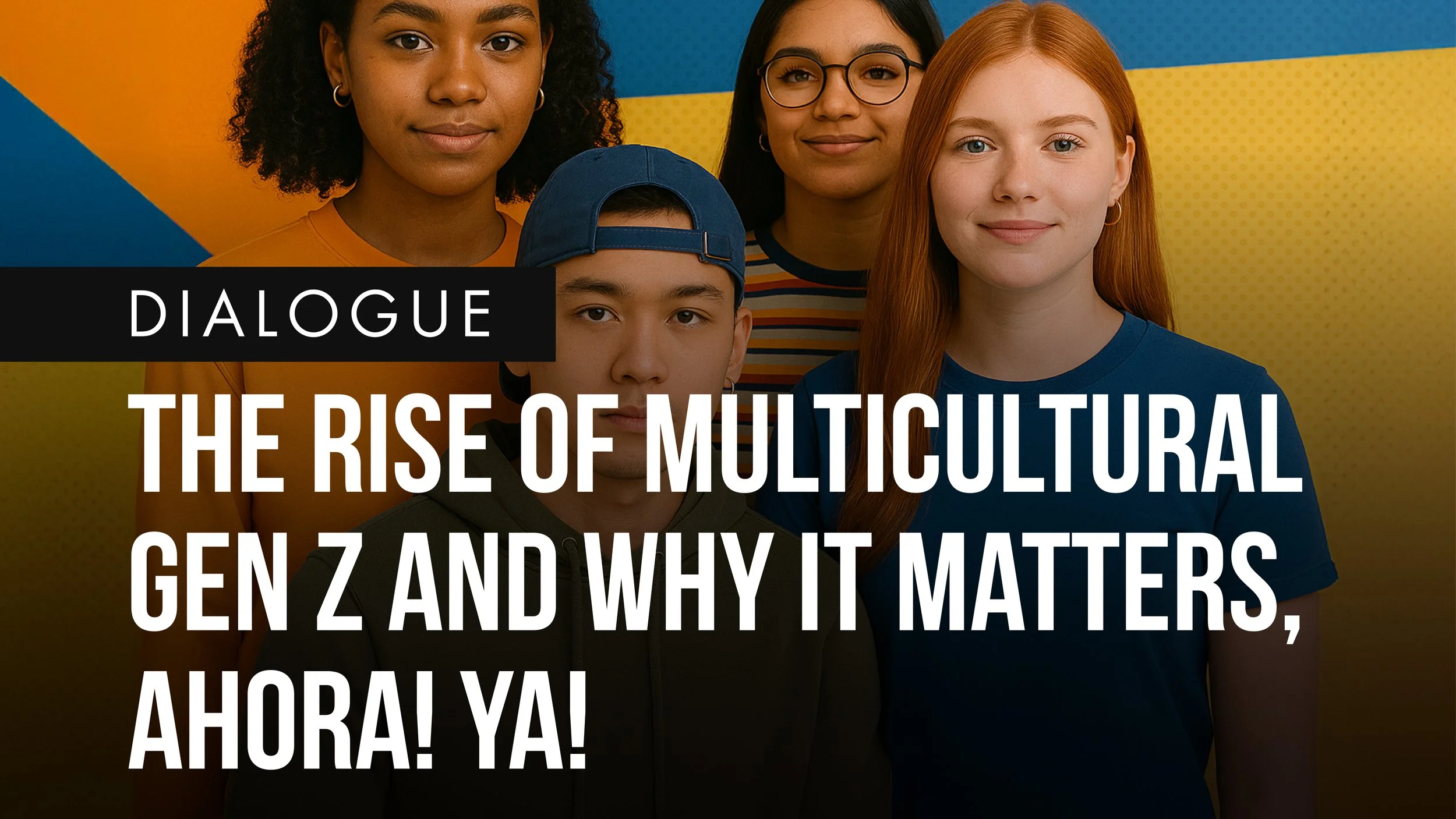By Naomi Newton
There was a time when traditional marketers treated the U.S. Hispanic consumer as an after thought, relying on nostalgia tactics to try to woo the 30-year old Latina mom over to buy McDonald’s for their kids’ dinner. Today, the Latino community is a cultural and economic powerhouse and as diverse as the nation itself. At 65 million strong, representing roughly 20% of the U.S. population, this demographic is not only the fastest growing but also setting the pace for trends in entertainment, sports, music, and digital media. With US$3.4 trillion in purchasing power and a median age of just 31 (13 years younger than the general market), U.S. Hispanics are shaping the future of consumer culture.
They are leading shifts in how media is consumed, averaging 25 hours a week on TV—mostly via streaming—and spend significantly more time on social media than the general population. They’re also the fastest-growing segment of fanbases in the NFL, NBA, NHL, and WNBA. Beyond traditional sports, these communities are first-mover fans in the U.S. to new hybrid formats of international sports entertainment through new platforms hailing from Spain like the Kings and Queens League and La Velada del Año.
Their influence in music is equally powerful. Latin music in the U.S. reached a record-breaking $1.4 billion in revenue in 2024, marking an 18% increase from its previous peak in 2005. Streaming accounted for 98% of this revenue, with paid subscriptions generating over $967 million. From Trap artists like Bad Bunny and Young Miko to Regional Mexican Music artists like Peso Pluma becoming global sensations, it’s not hard to feel like a clunky marketer just trying to catch up.
They’re not just consuming culture—they’re defining it at lightning speed. They’re making memes, live-streaming on Twitch, starting trends on TikTok, making ‘how to’ videos on YouTube, Snapping their friends, producing and streaming their own music, consulting with ChatGTP on how to invest or running side hustles or doing brand deals on Instagram. They’re not sitting through 30 second ad spots or reading La Opinion. According to our client Twitch, in a survey conducted by Twitch in 2023, 36% of viewers said they would consider purchasing products recommended by streamers—surpassing other platforms.
As the mother of a multicultural GenZer, reaching this young, vibrant audience requires a shift in strategy. While they’re not consuming commercials or reading the paper, they’re incredibly informed and marketing savvy/sceptical. Above all, successful brand marketing to this audience requires authenticity, humility, and a willingness to learn from them in order to co-create. Rather than storytelling, the sweet spot is creating the story together. Some successful approaches we have implemented include:
Influencer Marketing: Product seedings and partnering with bilingual creators on TikTok, Twitch, Instagram, and YouTube to co-create content.
Streamer Collaborations: Activating top Latin streamers with campaign integrations and IRL experiences.
Experiential Marketing: Bringing brands to life at events like TwitchCon, GamesCom, and music festivals.
Celebrity Endorsements: Negotiating impactful partnerships with Latin celebrities who align with the brand’s values and also willing to engage with fans directly.
And here are some recent examples of how brands have engaged Latino audiences:
Luisito Comunica x Crocs: In 2024, Mexican global YouTuber Luisito Comunica (44.6M subscribers) partnered with Crocs for the brand's first Latino collaboration. Luisito has been a long-time fan of Crocs, wearing them often on his adventures. The limited-edition design was inspired by Luisito's travel adventures, aiming to celebrate Latin culture and resonate with his extensive follower base. Fans of Luisito were then able to amplify the campaign by showing off their Limited Edition Crocs or spotting them through posts and stories.
DoorDash launched a multicultural campaign titled “Hay DoorDash En La Casa,” co-opting a popular internet meme and playing on the familiar phrase “Hay comida en la casa” (“There’s food at home”) in an attempt to resonate with Hispanic millennials and Gen Z. The campaign featured a video spot where families return home to find DoorDash deliveries and faced mixed reviews. Some critics suggested the nostalgic aspect lost its meaning since the saying refers to the home-cooked meals parents on a budget would make for their children, rather than spending the money on restaurant or fast food. The campaign sparked widespread conversation–even if not all of it was positive.
Calvin Klein x Bad Bunny: In March 2025, Calvin Klein signed Puerto Rican artist Bad Bunny as the global ambassador for Calvin Klein's Spring 2025 underwear campaign. Photographed in Puerto Rico by Mario Sorrenti, the campaign highlights the brand's Icon Cotton Stretch line and features Bad Bunny in various styles. The campaign has garnered significant attention, generating $8.4 million in media impact value within 48 hours and amassing over 56 million views across social media platforms. This is a big ticket endorsement deal, using crossover Latino talent for a global campaign, another example of the cultural significance Latin artists bring to the table. We hope as this campaign unfolds, we will see more fan engagement tactics implemented.
The Opportuniy Ahead
Soccer's popularity in the U.S. has surged over the past few decades, with major tournaments drawing record viewership and attendance. As the FIFA World Cup returns to North America and an estimated 6.5 million fans fill stadiums across the continent, the spotlight on Latino audiences—and their cultural influence—will only grow. Brands are eager to get in the game. From official sponsorships to immersive sideline activations, they’re vying to be part of the next cultural moment. At Dialogue, we help brands show up where culture is being created and shared—through creators, platforms, talent, and community.

